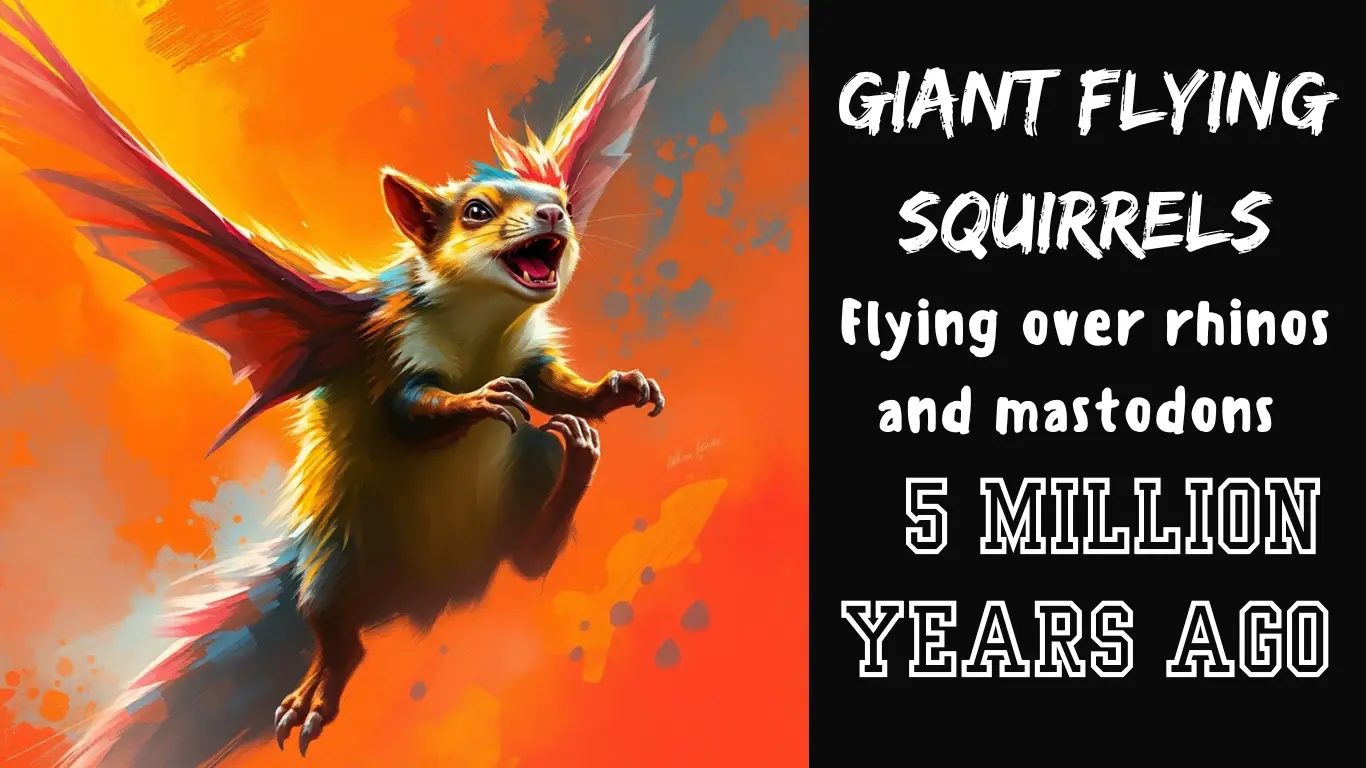A giant flying squirrel, as big as a house cat, once glided through the skies of Southern Appalachia. It lived alongside rhinos, mastodons, and red pandas.
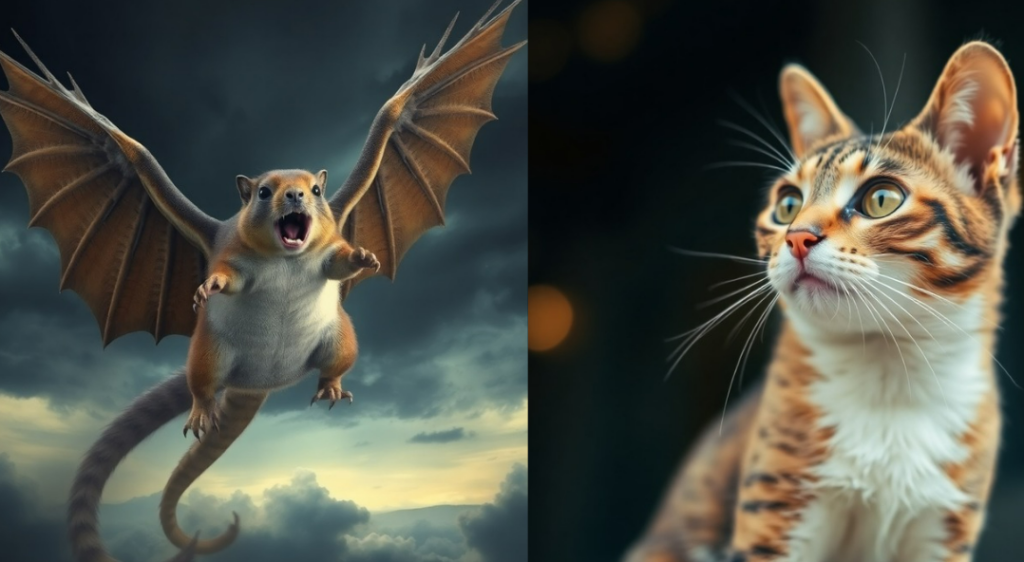
This discovery is the latest from the Gray Fossil Site and Museum.
The squirrel’s remains suggest it was related to giant flying squirrels in Japan, China, and Indonesia, different from the cute squirrels we see today.

These ancient critters were able to move quickly and faster on the treetops, weighing around three pounds.
The findings were published in the Journal of Mammalian Evolution.
The research team included Montserrat Grau-Camats and Dr. Isaac Casanovas-Vilar from the Institut Català de Paleontologia in Barcelona, Spain. Also on the team were Dr. Joshua Samuels of East Tennessee State University and Cheyenne Crowe, an ETSU alumna.
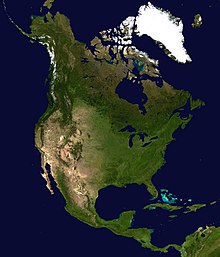
Dr. Casanovas-Vilar noted the surprise of finding Miopetaurista (Name of these flying Squirrel) in North America, as it was previously known only in Eurasia.
The Gray Fossil Site specimen confirmed that these giant flying squirrels crossed the Bering Land Bridge with other mammals about 5 million years ago.
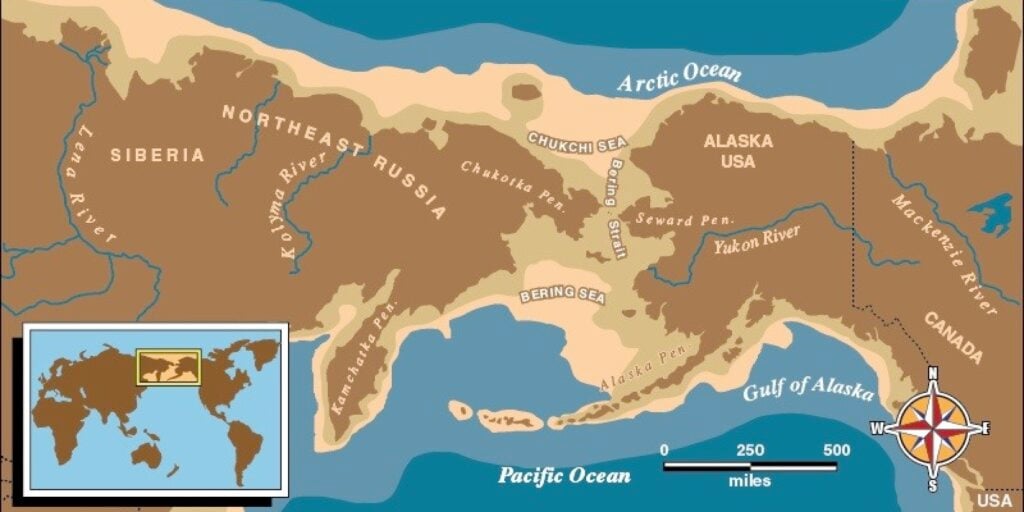
The world was warmer when these squirrels lived in Tennessee. This warmer climate allowed them to cross into North America through dense, humid forests.
The Ice Ages brought changes, leading to the isolation of these giant flying squirrels in warmer areas like Florida. This isolation eventually led to their extinction.
Grau-Camats explained that the American Miopetaurista lived millions of years after the Eurasian species disappeared, making them “living fossils”.
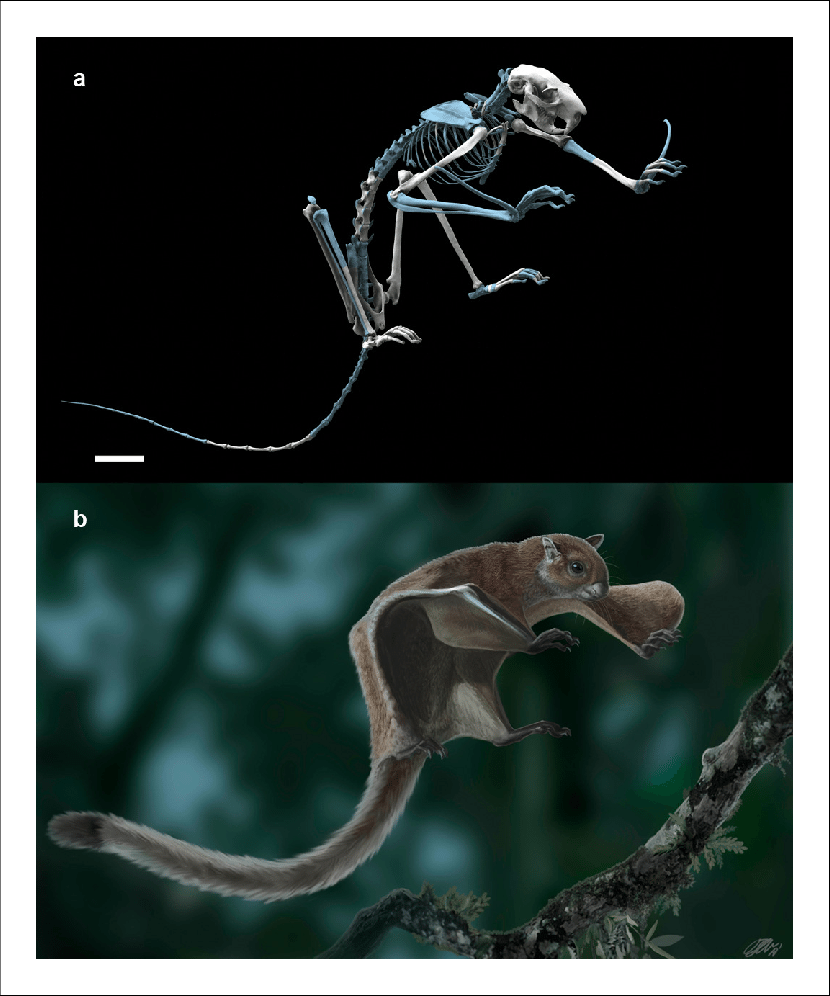
The Gray Fossil Site continues to rewrite the history of Appalachia’s ancient forests.
Other discoveries include the bone-crushing dog.
Dr. Samuels finds it amazing to think of these giant flying squirrels gliding over rhinos and mastodons in Tennessee’s forests 5 million years ago.
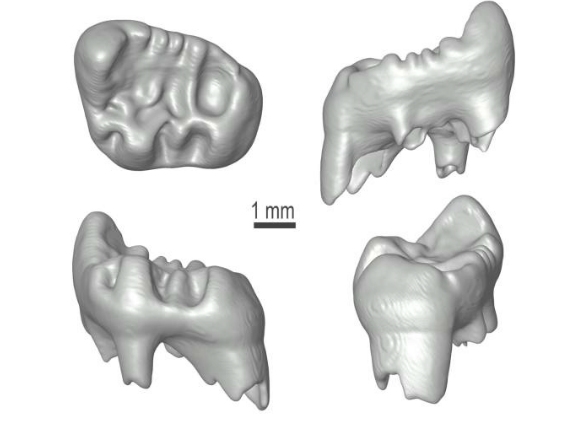
He believes the Gray Fossil Site will continue to surprise.
According to Dr. Samuels, the giant flying squirrel likely resembled a kite sailing between trees.

“This is something that it was an animal we were hoping to get at the site because the site really has a lot of animals that have come from Asia,” said Samuels.
A single giant flying squirrel tooth was found at the fossil site. Other fossils of the species have been found across Eurasia.
Researchers studied fossils previously found in Florida and confirmed they were giant flying squirrels.
Miopetaurista likely dispersed into North America via the Bering Land Bridge during a warm phase in the Early Pliocene.
Climatic cooling later isolated them in warmer refuges until their extinction in the Early Pleistocene.
